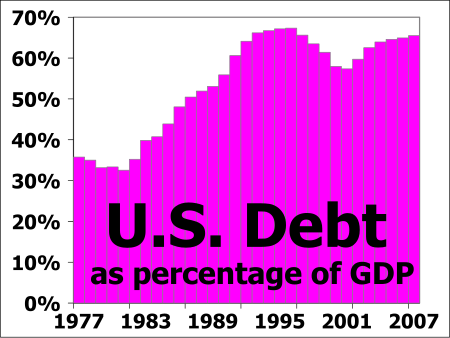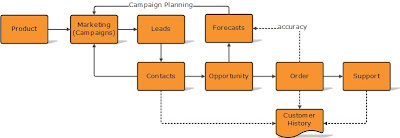
Will it reach the critical mass at all!? Is this just another hype and one more buzzword that will be forgotten in two years?
There are examples like Apple that show it is possible to operate a successful company without actively including customers in the process of creating and evolving products and services (although they do a very good job in listening to their customers...)
Maybe there will be two kinds of CRM strategies in the future - one that gets into a true two-way discussion with the customer and builds on co-creation and co-operation; and another one that keeps focus on operational efficiency or competitive advantage through unique (kept secret as long as possible) features and functions?
I believe it is possible to create an outstanding customer experience without any CRM 2.0 strategy. It might depend on the product or the corporate culture if it makes sense to deeply involve customers in the processes or not.
Taly Weiss collected some predictions form 'Social Media influencers' on what they think will change in 2009:
A Merry Christmas to all of you out there...



 Anthony Lye
Anthony Lye
 With the crisis on the financial markets and the possible economic downturn in the Mid and Long-Term, I was wondering is this will also slow down the rise of CMR 2.0 or if this will even increase the need for next gen. Customer Relation Management?
With the crisis on the financial markets and the possible economic downturn in the Mid and Long-Term, I was wondering is this will also slow down the rise of CMR 2.0 or if this will even increase the need for next gen. Customer Relation Management?





 Viral Marketing
Viral Marketing
































